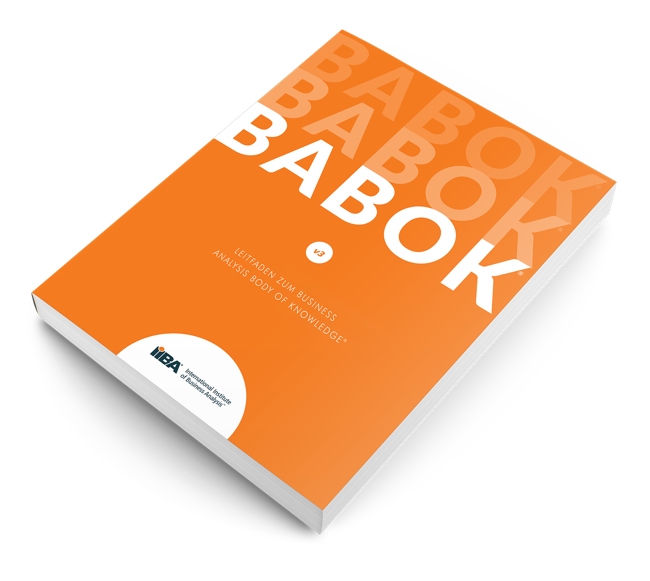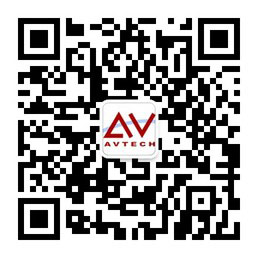国际业务需求分析师CCBA认证模拟题
CCBA认证模拟题
国际业务需求分析师CCBA认证培训
Certification of Capability in Business Analysis;(CCBA)
艾威简介:
课程概述:

课程目标:

课程对象:
培训时长:4天
CCBA证书含金量:
对组织的效益:
授课方式:
课程大纲:
CCBA 认证讲师-Aaron:
中国大陆首批的 CBAP 获证人员之一。
精彩课堂:

【艾威(中国)】简介:
【艾威(中国)】简介:
艾威培训隶属于上海艾威信息科技有限公司,于2002年在上海建立办事处,2003年正式注册成立上海艾威信息科技有限公司并全面开展国内的培训业务,主要专注于职业认证培训与IT技术培训,致力于中国数字化管理人才与技术人才的培养。
艾威主要业务为培训业务与咨询业务两大类,目前培训的主要产品有:项目管理培训、IT管理培训、敏捷培训、业务分析与需求管理培训、企业架构培训、业务流程管理培训、数据管理与治理培训、信息安全培训、办公软件与多媒体培训、大数据与人工智能培训、虚拟化与云计算培训、数据库培训、软件开发培训等....近30给分类上百门的课程的培训与咨询服务。
艾威凭借引进国际领先的课程知识体系和多年积累的丰富教学经验,结合中国本土企业文化、实际需求,为企业、个人提供定制化的培训解决方案。艾威已服务了超过 10000 多家客户,获得了良好的口碑!已被众多 500强企业纳入培训供应商,如 HP,NOKIA,CISCO,INTEL,GE,华为,宝马,德电,通用,大陆汽车,中国银行,交行,工行,罗氏,赛诺菲,埃森哲……等。
- 2002年艾威成立上海办事处,并于2003年正式成立公司,开启全面培训业务
- 2002年成为思科Cisco授权培训中心
- 2003年成为Oracle授权培训中心
- 2003年成为国际项目管理协会PMI授权的全球(PMP,PGMP,ACP,PBA)教育机构
- 2005年成为国际需求管理协会IIBA授权的全球(ECBA,CCBA,CBAP)教育机构
- 2008-2015年成为100+家央企、国企、外企指定培训供应商(惠普、诺基亚、德电、罗氏、中国银行、交通银行、中国海关等)。
- 2015年艾威国际网校(edu.avtechcn.com)成立,引进数百门在线课程。
- 2016年成为国际信息审计协会ISACA授权的CISA,CISM,CRISC,CGEIT,COBIT教育机构。
- 2017年成为The Open Group授权的TOGAF企业架构的官方培训机构。
- 2017年成为APMG与国际外包专业协会(IAOP)授权的外包治理国际认证SGF(Sourcing Governance Foundation)教育机构。
- 2017年成为APMG与业务关系管理协会(BRMI)授权的BRMP、CBRM教育机构。
- 2018年成为PeopleCert授权ITIL、Prince2、MSP培训及考试机构。
- 2018年成为DRI授权CBCP培训及考试机构。
- 2019年成为亚马逊培训合作伙伴。
- 2019年成为国际云安全联盟CCSK授权培训合作伙伴。
- 2020年艾威数字化人才培训中心成立,并首创发布了艾威MDD数字化人才三角模型及8大能力培训体系。
- 2021年成为SAFe大规模敏捷认证官方培训机构。
- 2021年成为DAMA国际数据管理协会CDGA/CGDP/CDMP数据管理认证官方培训机构。
- 2022年艾威数字化人才培训中心成立一周年,进一步完善并升级“艾威MDD数字化人才三角模型及8大能力体系”为“艾威数字化人才18大能力罗盘”。

